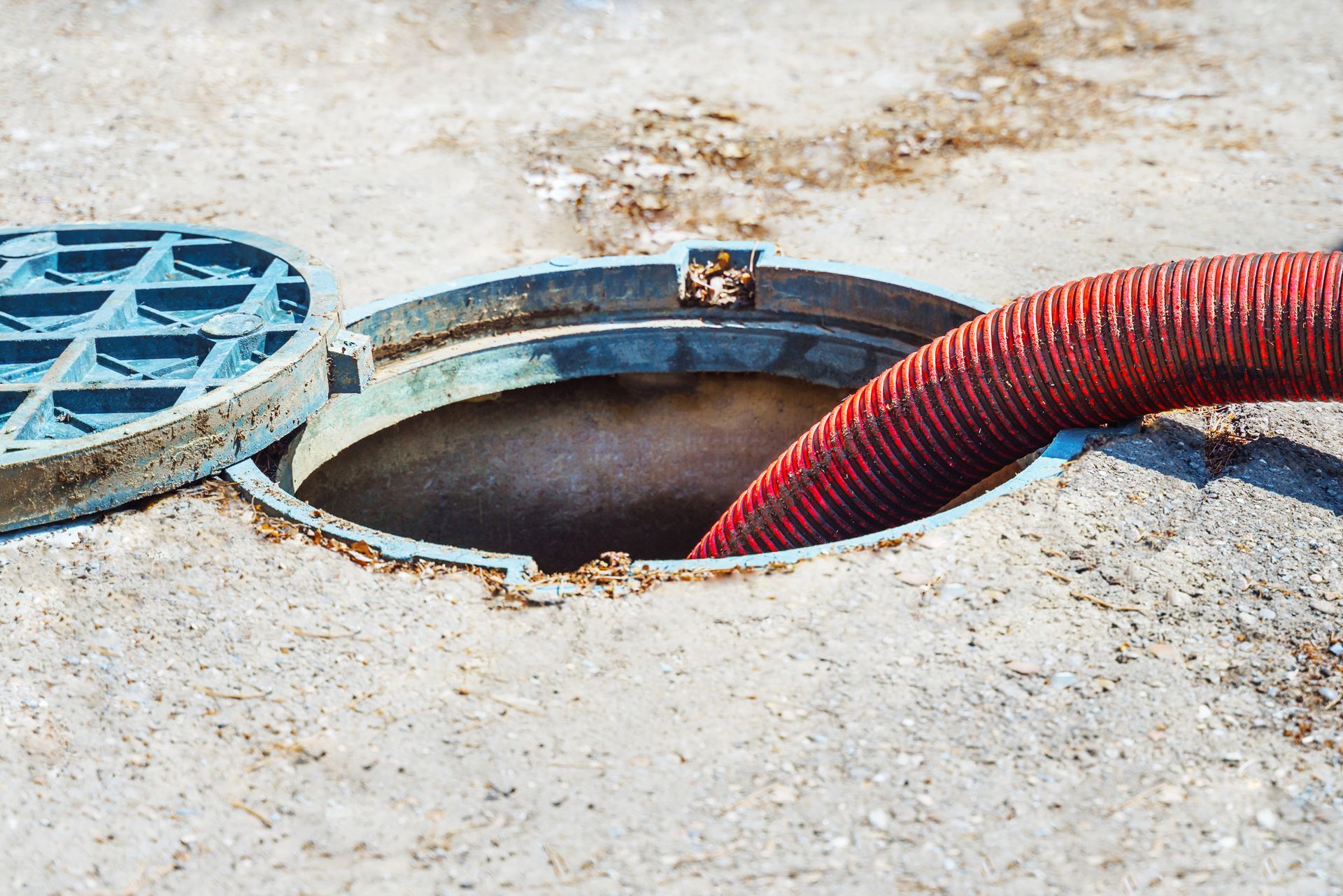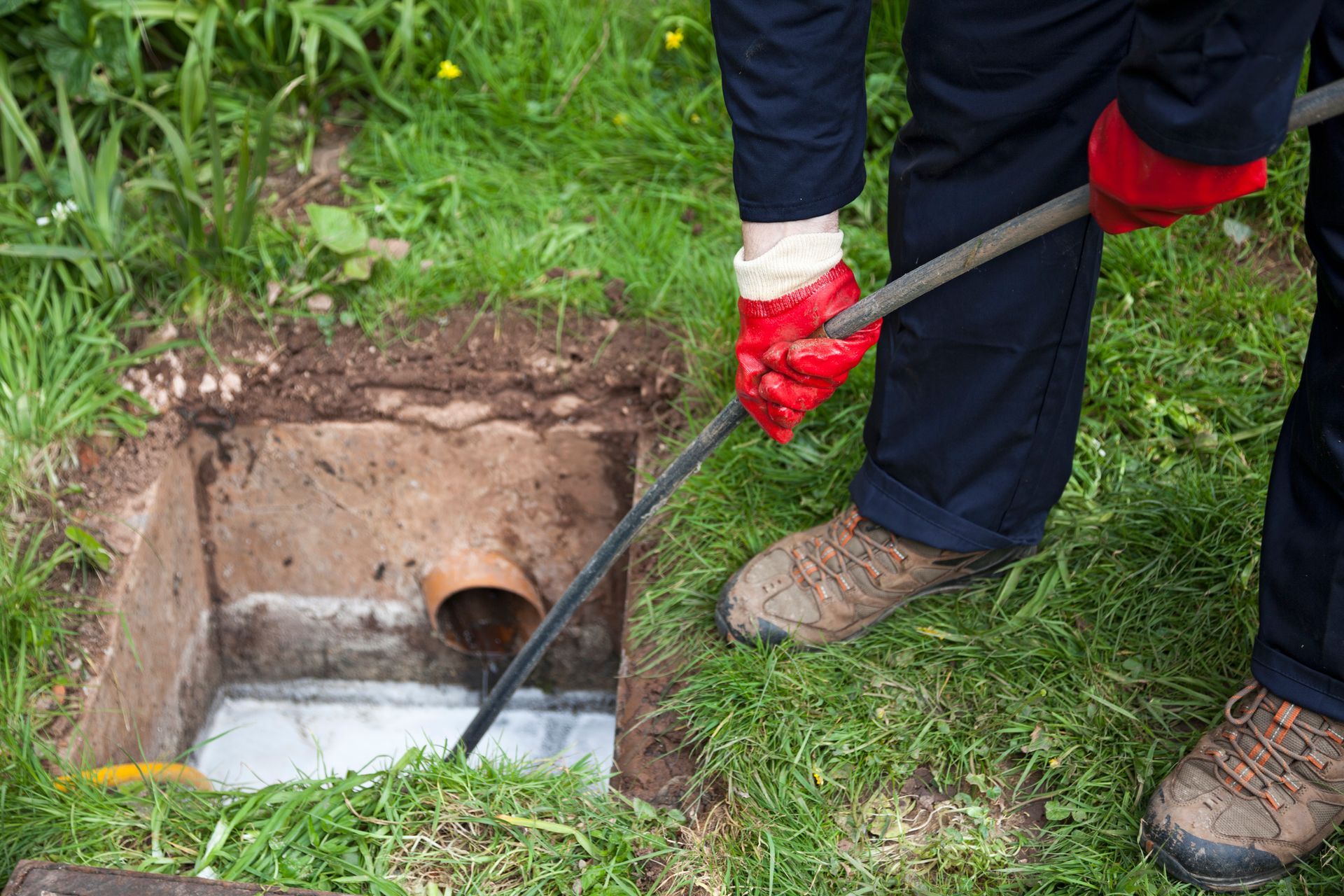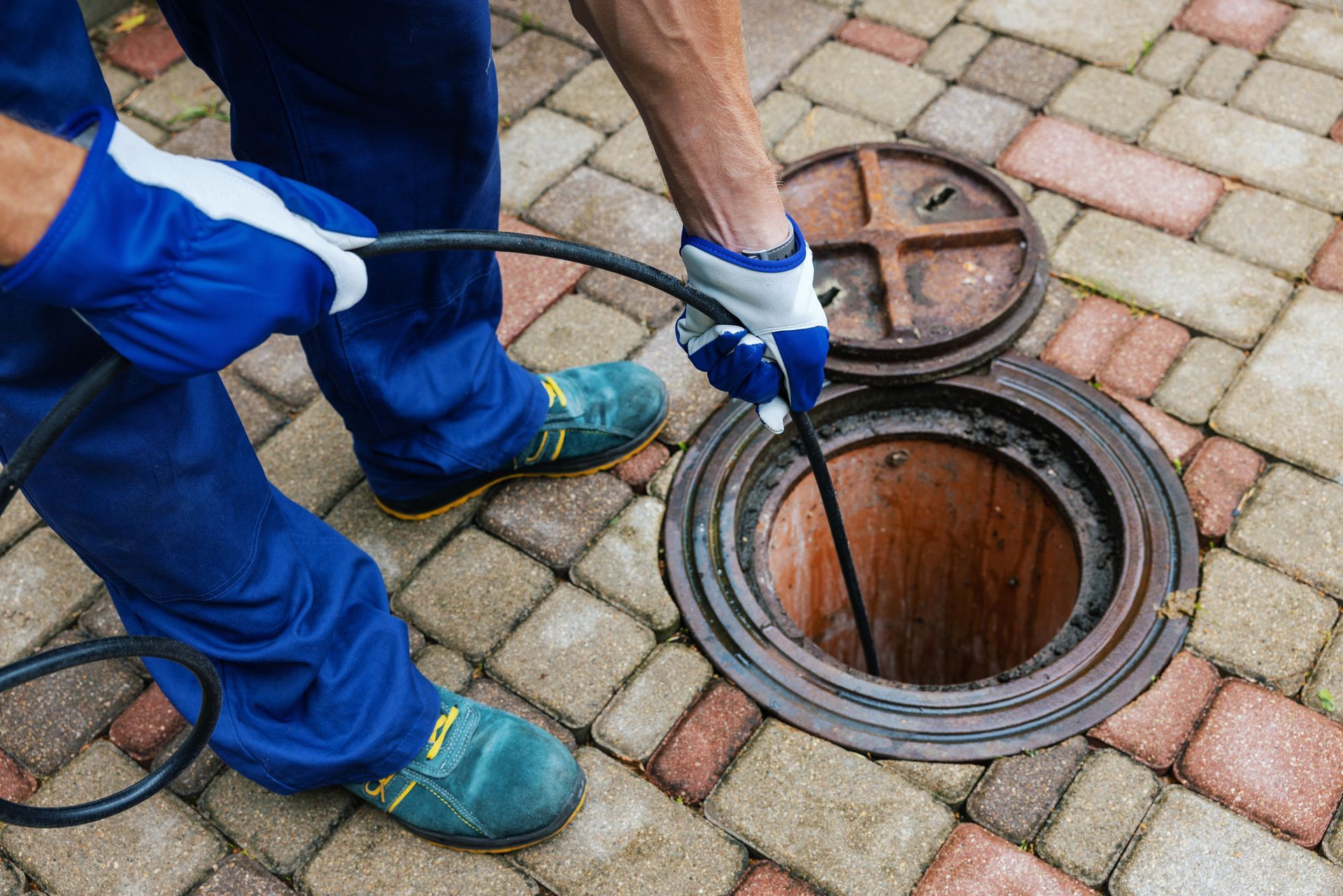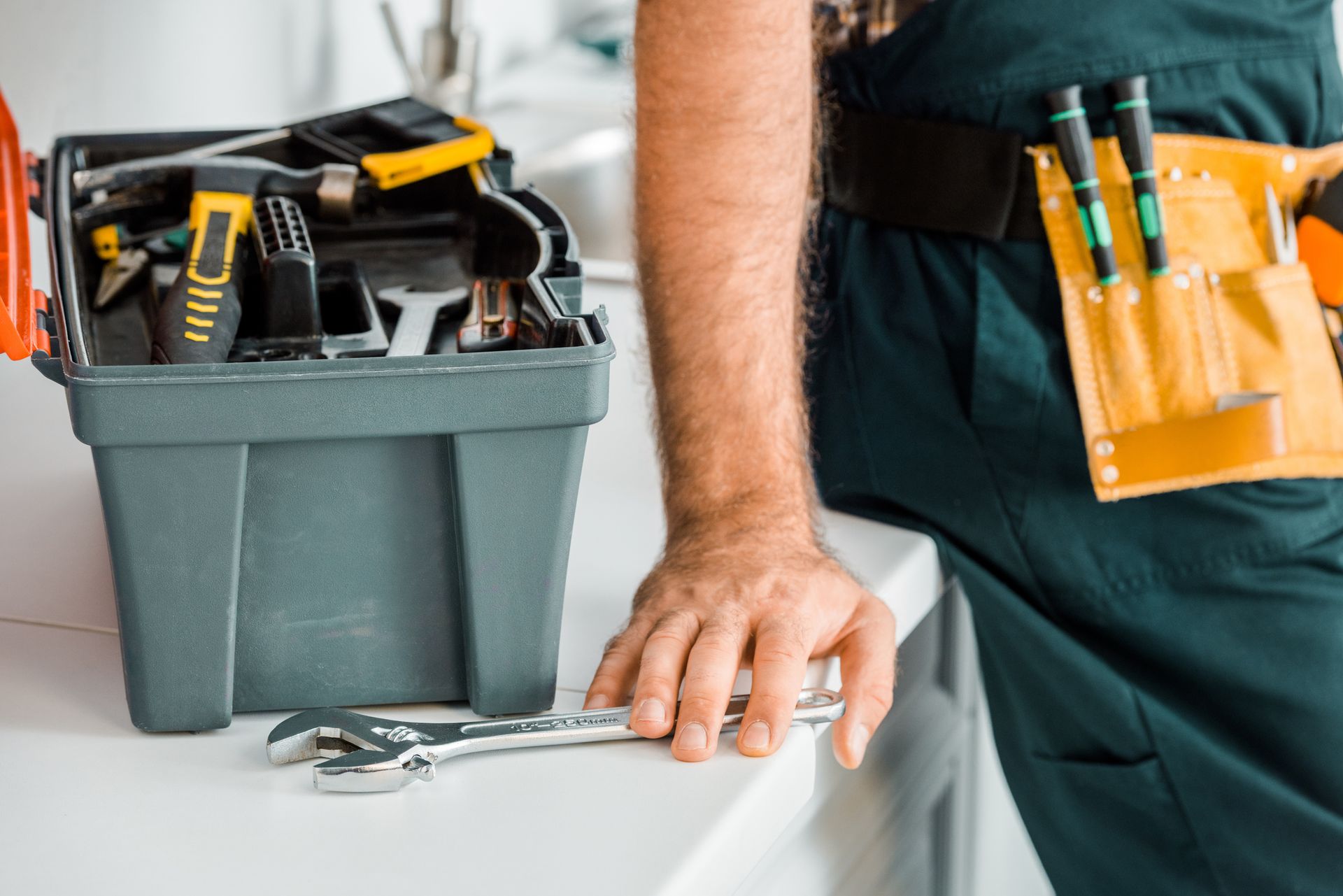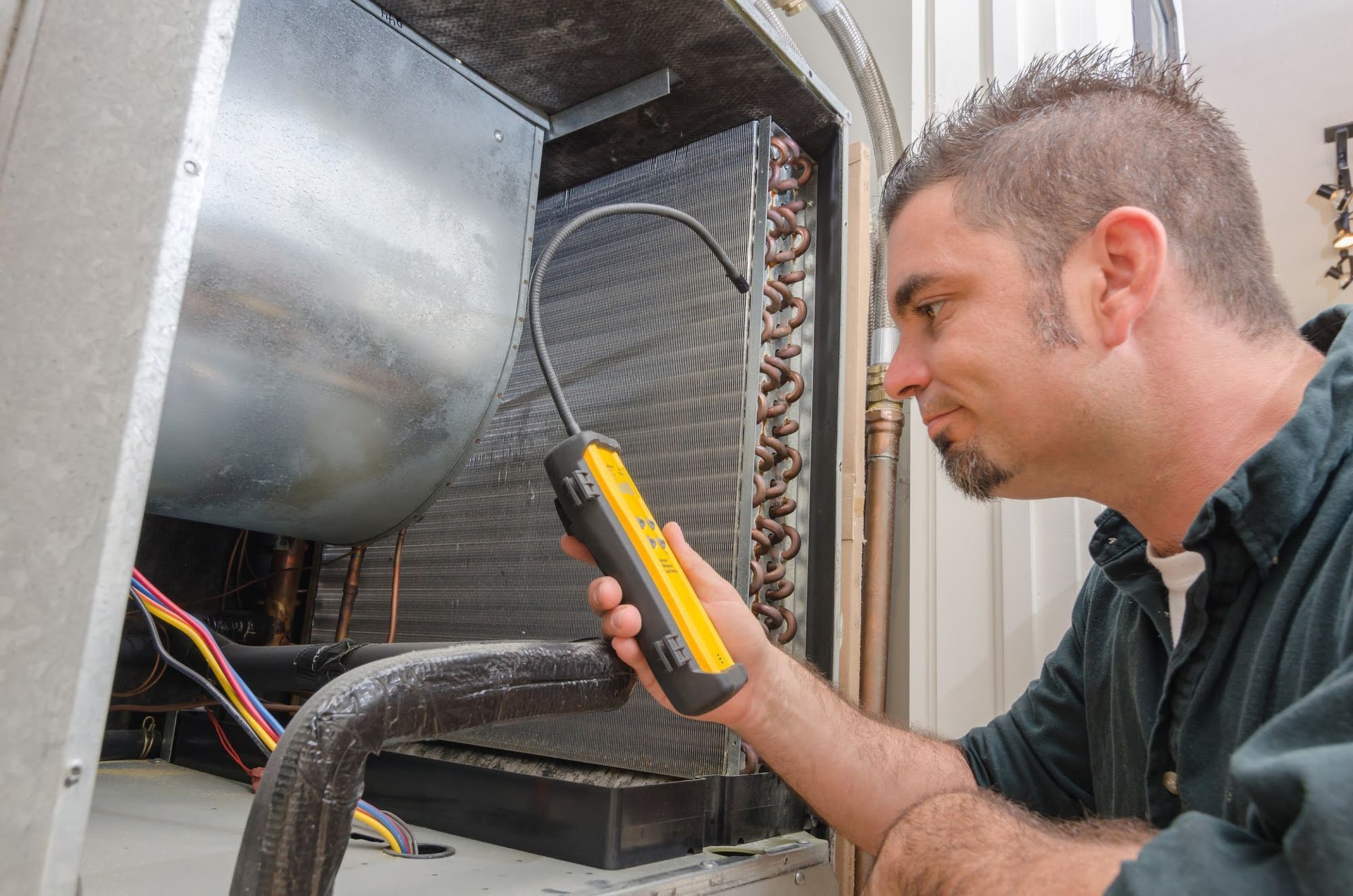5 Signs of Plumbing Leaks
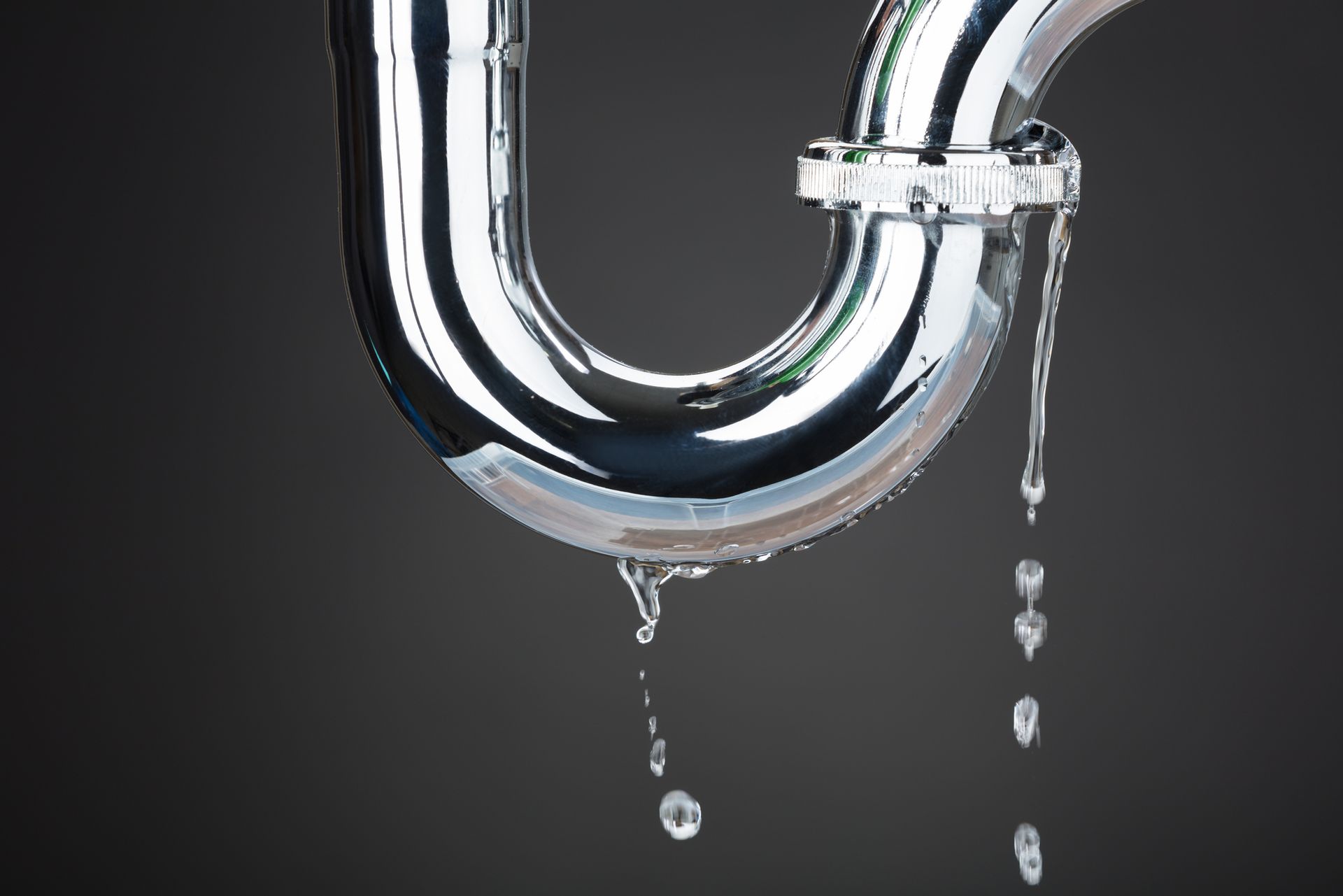
One of the most important things you can do as a homeowner is to stay on top of any potential plumbing concerns. Even though you may not always be able to prevent plumbing leaks, it is crucial to recognize their symptoms so you can take the necessary actions to repair them. This article will explore five indications that your home may have a plumbing leak.
1. Higher Water Bill
A sudden jump in your water expenses if you have not done anything to increase your water use is probably due to a leak. A leaking pipe wastes water, which increases your utility expenses outside your normal consumption.
The environmental protection agency (EPA) advises that a family of four should not use more than 12,000 gallons of water per month. If your water meter shows a higher consumption than this, it could be a sign that you have a leak. Even small leaks, like a faucet that drips constantly, can waste thousands of gallons annually.
2. Green Patch in the Yard
A sewer line leak can let liquids and gases into the ground, which makes the soil more moist and full of nutrients. Because of the extra water and nutrients, the grass in the affected area turns greener and grows faster than the grass around it.
A big leak can also cause puddles to form on the ground. If the green patch is between your house and the street, it could also mean a problem with the sewer line from the city. The area of the green patch may also be slightly lower than the adjacent region, depending on the extent of the leak. A lower growth patch can result from the compact soil caused by the additional liquids in the soil.
3. Wobbly Toilet and Puddles
Puddles around your toilet can highlight a leaking inlet pipe. The flapper, a rubber stopper that prevents water flow into the bowl until you flush the toilet, can get hard over time and let water leak from the tank into the bowl. Put a few droplets of food coloring in the water reservoir of the toilet to investigate. If color shows up in the bowl in less than five minutes, your toilet inlet has a leak.
A toilet that wobbles when you sit on it is another sign of a bathroom plumbing issue. Tightening the seat may help. But if the bowl itself moves, the wax gasket around the toilet drain has broken, and water might have deteriorated your subfloor. You need to replace or re-seat the toilet to restore its seal qualities.
4. Paint Bubbles and Wallpaper Bulges
When water leaks into the walls from the pipes or roof, it can make the paint bubble on the walls. This damage happens because water gets into the walls and makes the paint loosen, dry out, and start to come off.
The water can also make the wallboard swell and bulge, which means the water damage is worse, and the wallboard requires replacement. The water can also change the color of the paint or wallpaper or even make it peel off the wall. This peel highlights that the wallboard is slightly damp, so the paint or wallpaper can no longer stick well.
5. Odd Smells
Musty, damp odors can signify mold or mildew, both of which result from plumbing leaks. Since mold and mildew prefer moist surroundings, they can appear within one or two days if pipes leak in a warm part of the house. You can remove the mold or mildew if the wall isn't extremely wet before dangerous spores grow.
Sewer smells are another odor kind that can point to a plumbing problem. Sewer leaks result from a racked vent pipe or a trap that has run dry. A damaged vent line may need some drywall surgery to locate and repair, but you can remedy a dry trap with water top-up.
Contact us at Garden Spot Mechanical Inc. for plumbing services. We serve residents located in Manheim, PA, and surrounding regions.

